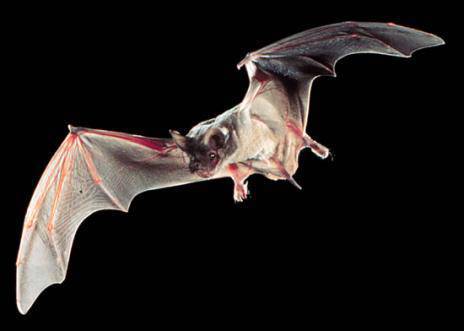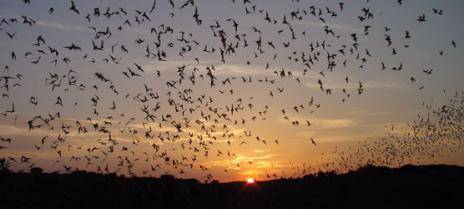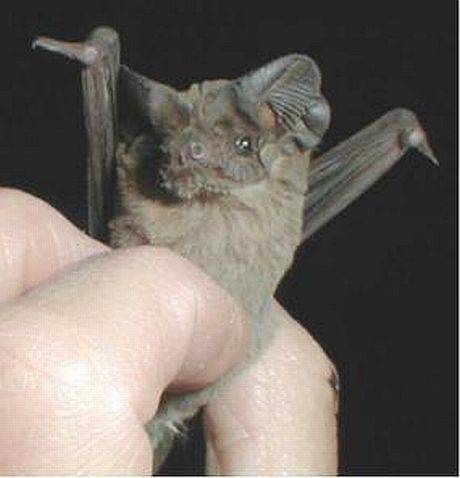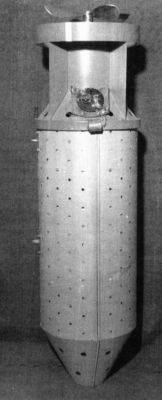America's Incredible Plan To Bomb Japan With Exploding Bats

I admit that the idea of attaching incendiary bombs to bats and releasing them near Japan sounds like a hoax in the spirit of the War of the Worlds, but the States spent about 40 million dollars on research in this direction.

The idea, known as the Adams project, first visited a dentist in Karlovy Vary, on an evening tour when he saw thousands of swarms of Mexican bats circling over the city. Then tragic news from pearl harbor. Maybe the doctor was over breathing with laughing gas during his dental practice, but he decided that bats could be the perfect means for bombing Japan. He went to Washington with an ambitious proposal and Roosevelt not only approved the idea, but also ordered various groups of the armed forces to take an active part in its development (the fleet even proposed launching bats from submarines).

The essence of the idea was based on four pillars. To describe them, I will try to pull myself together for the seriousness of the moment. First: the availability of a huge number of bats inhabiting the caves. Second, bats can carry heavy loads. After all, they fly from place to place, carrying their cubs, and not one by one. Third: they hibernate and do not need food or maintenance during this period. Fourth: they fly and orient themselves well in the dark, and at dawn they easily find secluded places.
 The idea was to fill large ventilated bombs with hundreds of compartments containing sleeping bats (no explanation how they were going to make the mice go to sleep and wake up, was not given) with mini-bombs attached to them. Each compartment was supposed to contain 40 bats, each of which contains 17 or 28 grams of napalm. According to the miracle project, after liberation high in the air, over the night sky of Japan, bats should wake up and fly into the attics and the overlap of buildings in the city, where the explosive timer worked, and the building was set on fire.
The idea was to fill large ventilated bombs with hundreds of compartments containing sleeping bats (no explanation how they were going to make the mice go to sleep and wake up, was not given) with mini-bombs attached to them. Each compartment was supposed to contain 40 bats, each of which contains 17 or 28 grams of napalm. According to the miracle project, after liberation high in the air, over the night sky of Japan, bats should wake up and fly into the attics and the overlap of buildings in the city, where the explosive timer worked, and the building was set on fire.They spent $ 2 million on the development of the idea, and pierced on test flights. What happened could have been suggested by a man with two convolutions in the brain. For the most part, the bats did not wake up on command when they were supposed to fly out of the compartments of the dropping bomb. When the bomb crashed on the ground, the entire surface around it was littered with the corpses of unfortunate mice. The parachutes (yes! I forgot to mention parachutes? The bombs were equipped with parachutes) were too small and the bombs too heavy.
What happened should have been a lesson, if only because there is one poetic justice, about what can happen if you dig another pit ... Some bats, not used in a test flight, but armed with explosives, escaped from the hands of genius army developers and flew away . Some of them took refuge at the airport, and some liked the car of one general from the auxiliary military base in Karlovy Vary. Think it was the end of a crazy plan? Not so fast! The project was renamed X-Ray and transferred to the US Navy, which built, with the help of the Marines, a city model for further project development. And only after that he was finally canceled with the wording “too slow” and the atomic bomb became a more promising means.
- http://www.environmentalgraffiti.com/news-bat-bombs"rel =" nofollow ">http://www.environmentalgraffiti.com/news-bat-bombs
Information